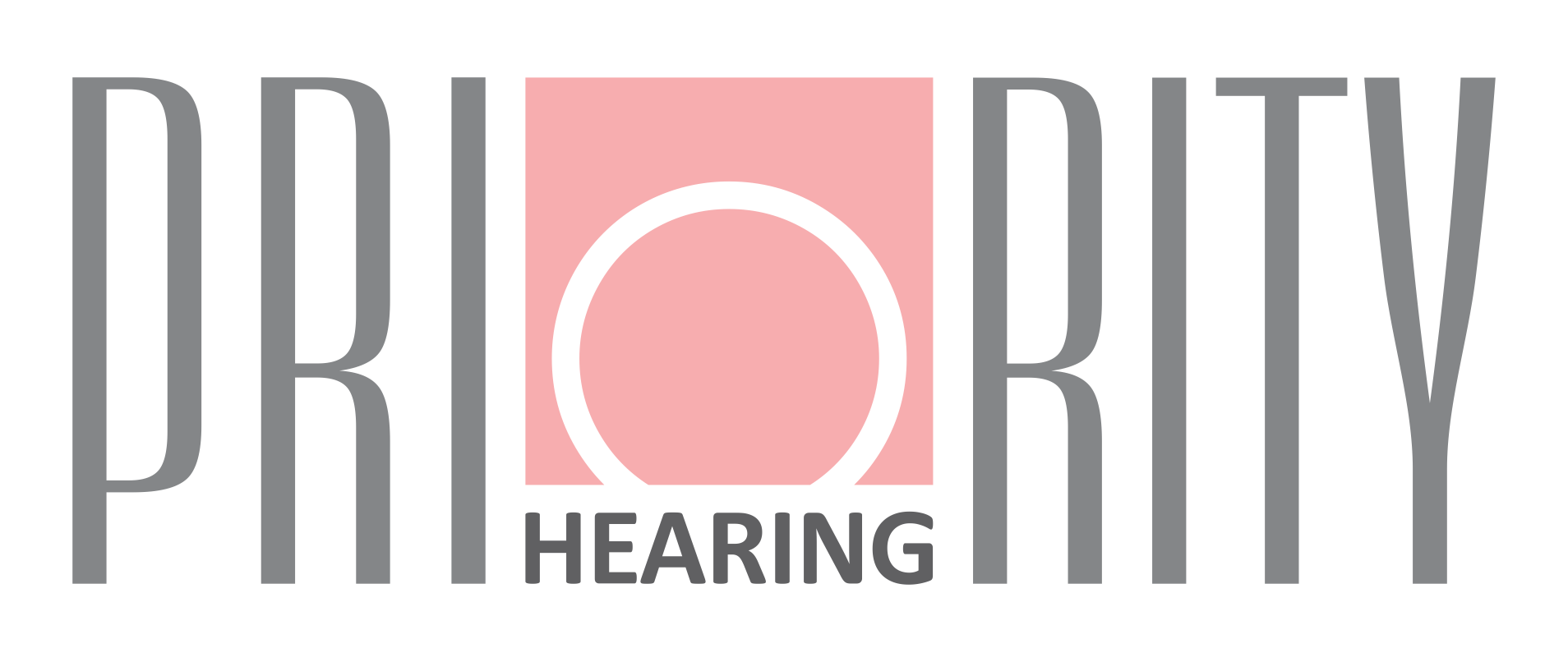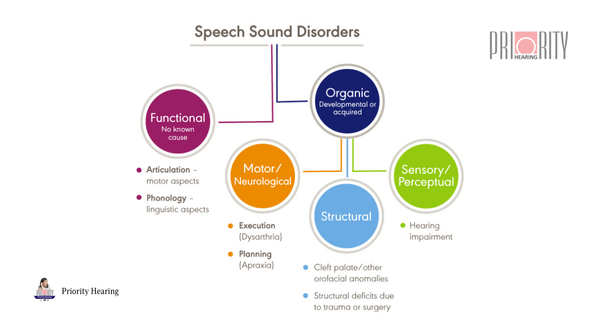Speech therapy is a field focused on the evaluation, treatment, and prevention of communication and swallowing disorders across the lifespan.
Speech therapy is more than just helping someone say words clearly—it’s a powerful and personalized treatment that helps people of all ages communicate better. Whether it’s a toddler struggling to form words, an adult recovering from a stroke, or a child with a stutter, speech therapy can make a big difference in everyday life. But what exactly is speech therapy used for? Let’s break it down in simple terms.
Understanding Speech Therapy
Speech therapy is a type of treatment provided by a specialist called a speech-language pathologist (SLP). These professionals are trained to diagnose and treat various speech, language, voice, and swallowing disorders. The therapy involves activities, exercises, and techniques designed to improve communication skills.
Speech therapy sessions are tailored to the individual’s age, needs, and goals. It can involve practicing sounds, learning new words, improving sentence structure, or strengthening the muscles used in speaking and swallowing.
What Can Speech Therapy Help With?
- Speech Sound Disorders
These involve difficulties with the actual production of sounds. Some common speech disorders include:
- Articulation Disorders: When someone has trouble saying certain sounds correctly. For example, saying “wabbit” instead of “rabbit.”
- Phonological Disorders: Patterns of sound errors that affect multiple sounds, often seen in younger children.
- Fluency Disorders (e.g., Stuttering): When the flow of speech is interrupted by hesitations, repetitions, or long pauses.
- Voice Disorders: Problems with pitch, volume, or quality of voice that distract from what is being said.
- Language Disorders
Language is how we use words to share ideas. A person may have problems understanding language (receptive language) or using it (expressive language). Speech therapy helps with:
- Vocabulary building
- Forming sentences
- Following instructions
- Telling stories or having conversations
Language disorders can appear in children or be caused by brain injuries or developmental delays.
- Social Communication Skills
Also called pragmatic language skills, this refers to the way we use language in social situations. Speech therapy helps individuals learn how to:
- Start or maintain conversations
- Use appropriate eye contact and gestures
- Understand tone of voice and body language
- Respond appropriately in different situations
This area is especially important for individuals with autism spectrum disorder (ASD).
- Swallowing and Feeding Disorders (Dysphagia)
Speech therapists also help people who have difficulty chewing, swallowing, or managing food and liquids. These problems can arise due to stroke, surgery, neurological conditions, or premature birth. Therapy involves strengthening the muscles involved in swallowing and using strategies to make eating safer and easier.
- Communication After Illness or Injury
Adults may need speech therapy after medical conditions such as:
- Stroke
- Brain injury
- Parkinson’s disease
- Multiple sclerosis
- ALS (Lou Gehrig’s disease)
- Head or neck cancer
These conditions can affect the ability to speak clearly, find words, or understand language. Speech therapy helps improve these skills and maintain quality of life.
- Reading and Writing Support
Some children with speech and language delays may also struggle with reading and writing. Speech therapists work on phonemic awareness, sound-letter relationships, and comprehension skills to support literacy development.
Who Can Benefit from Speech Therapy?
Speech therapy isn’t just for kids—it benefits people across all age groups:
- Children with delayed speech or language development, autism, cleft palate, or Down syndrome
- Teens who stutter or have difficulty with verbal expression
- Adults recovering from illness or injury affecting speech, language, or swallowing
- Elderly individuals dealing with speech or memory challenges due to age or dementia
How Does Speech Therapy Work?
A speech-language pathologist will first evaluate the individual’s needs and develop a customized treatment plan. Therapy might include:
- One-on-one sessions
- Group therapy
- Home exercises
- Use of visual aids, games, and apps
- Parent or caregiver training for ongoing support
Progress may be slow or fast, depending on the condition, but with consistent practice and professional guidance, meaningful improvements are possible.
Conclusion
Speech therapy is a vital tool that helps people speak, understand, and interact more confidently and effectively. From helping a child say their first clear words to assisting an adult in regaining speech after a stroke, the impact of speech therapy is life-changing. Whether the challenge is big or small, early intervention and professional care can make all the difference. If you or someone you know is struggling with communication or swallowing issues, don’t hesitate to reach out to a speech-language pathologist. Better communication leads to a better quality of life—and everyone deserves to be heard.

